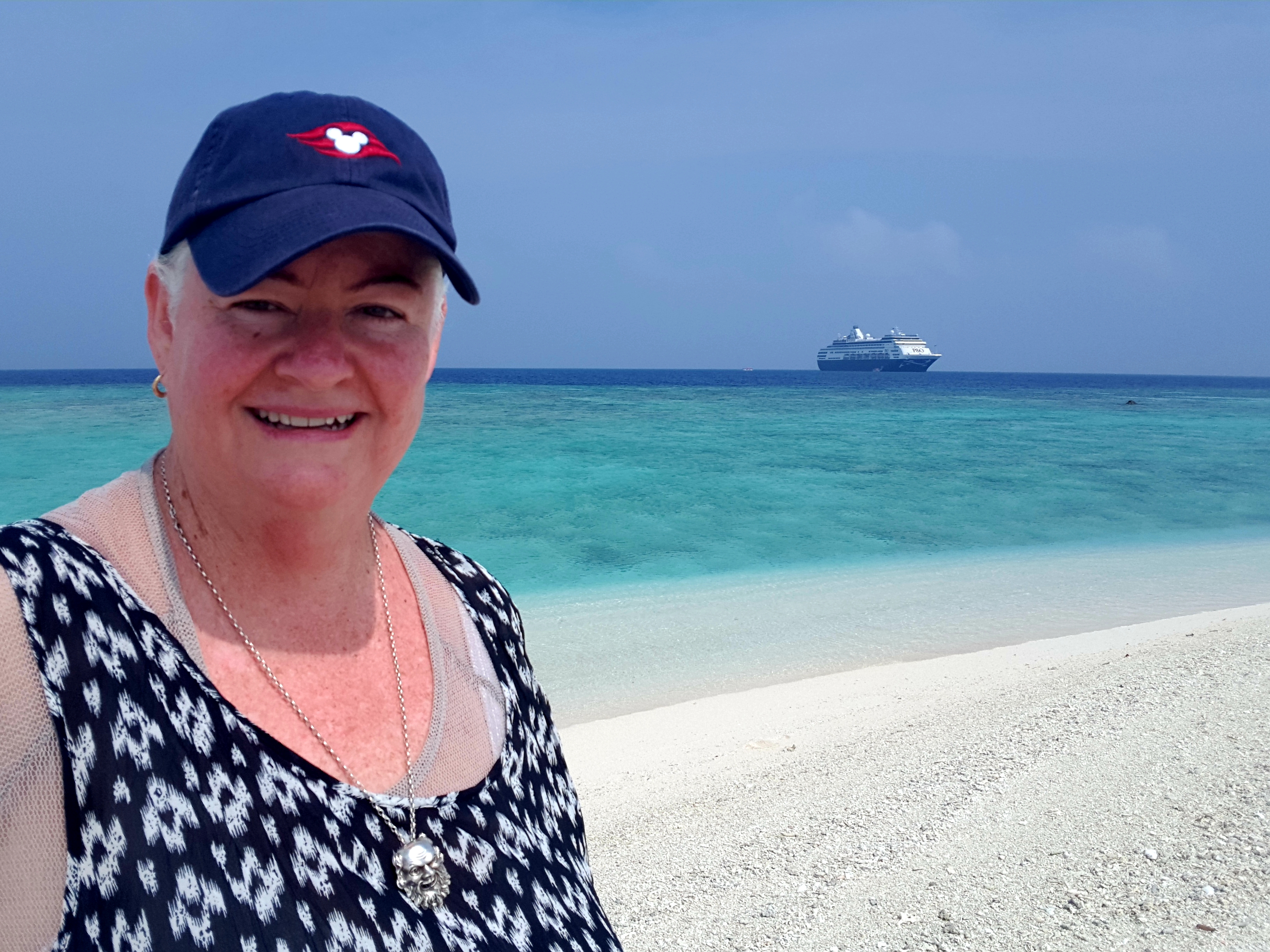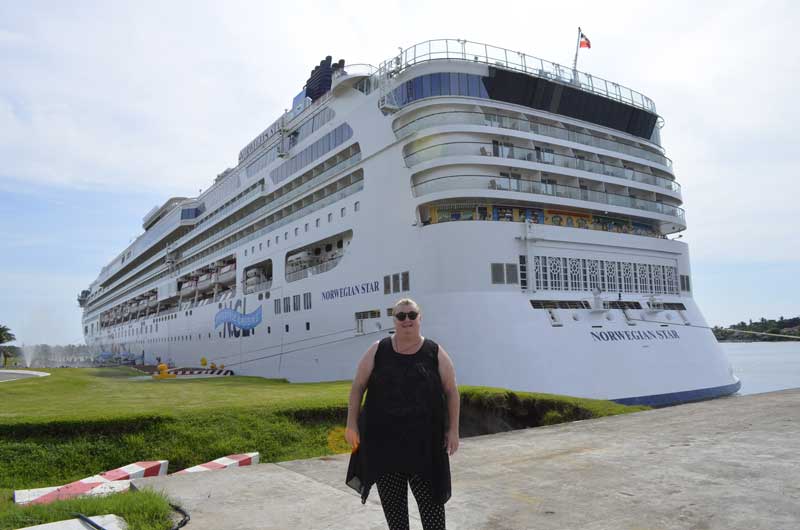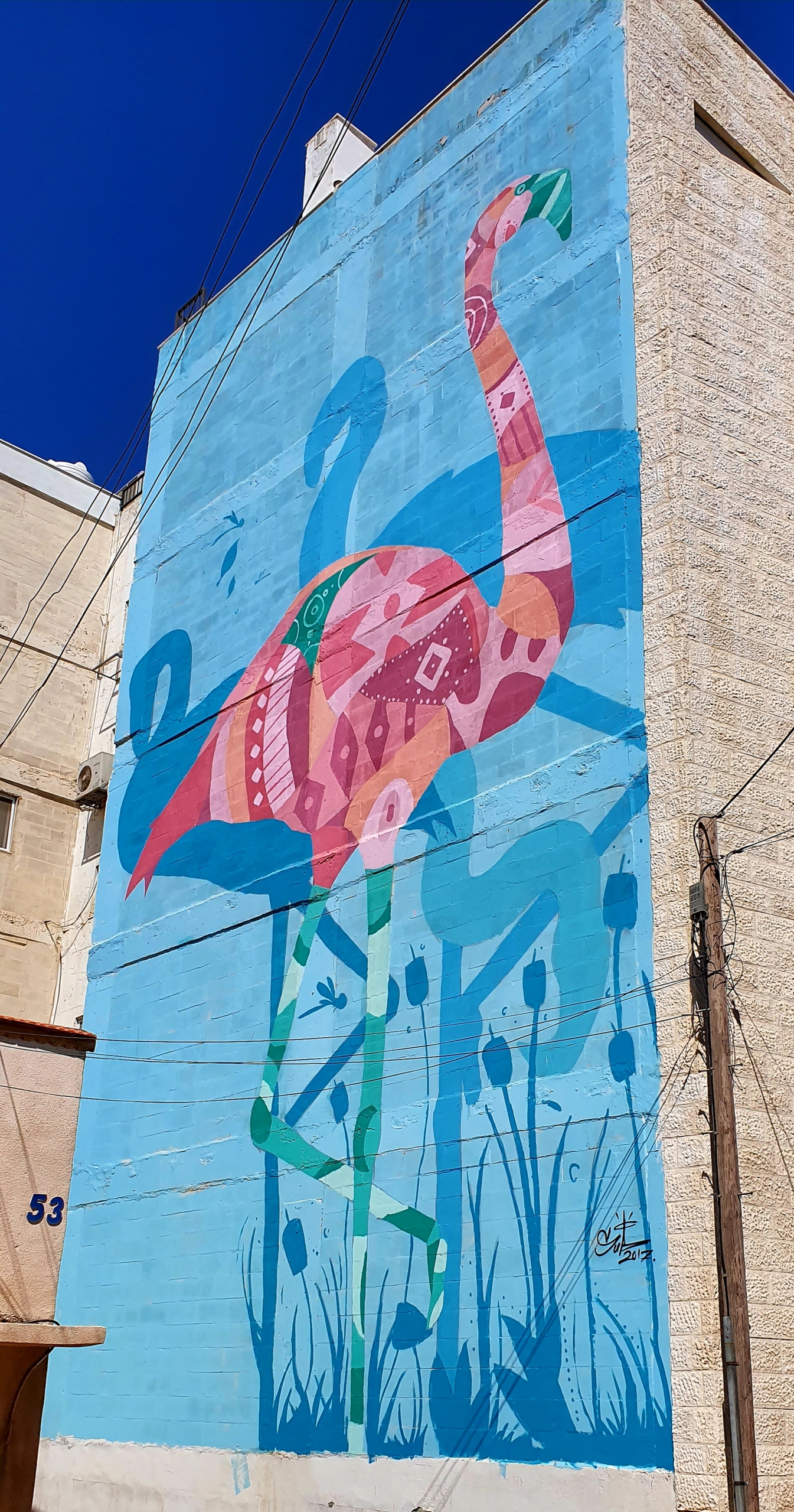When I think of past Jordanian experiences, my mind conjures up images of impressive, ancient monuments and barren, expansive deserts, but one location frequently overlooked is the bustling seaport of Aqaba. I have visited several times now, and each vacation offers me new exotic locations to explore and previously overlooked secrets to unravel.
Aqaba
On three sides, Jordan is a landlocked nation, but on the south border lie the Red Sea Gulf of Aqaba and the city Aqaba itself. From this location, you can see Israel, Egypt, and Saudi Arabia. It was in this place, where I first began my love affair with Jordan and its culture. I was traveling by cruise ship through the port of Aqaba to Petra, headed for an excursion.
Aqaba, which is a destination readily accessible by land, air, or sea, boasts a diverse combination of ancient history, stimulating shopping opportunities, and exhilarating aquatic activities. Along the 26-kilometer coastline of the Red Sea, there is a wide range of water sports, such as windsurfing, swimming, water skiing, parasailing, snorkel or diving. The warm, clear waters of the Gulf near the shoreline facilitate the easily accessible Yamanieh Coral Reef in Aqaba Marine Park. Swimmers can mingle with friendly sea turtles, dolphins, and fish. On night dives, nocturnal sea creatures, such as crabs, lobsters, and shrimp will provide the floor shows. Keeping feet dry is an simple task when viewing aquatic life from the comforts of a glass-bottom boat. Aqaba boasts a temperate climate, with winter numbers rarely dipping below 20°C. However, summers tend to be hotter, with daytime temps commonly soaring over 35°C. Fortunately the constant sea breezes make for tolerable conditions as the weather warms up.
Looking toward the distant vistas, observers may capture a kaleidoscope of colors occurring as the light gives the mountains various changing hues. Venture out in Egyptian territorial waters to explore enchanting Pharaoh’s Island, or Ile De Graye, a small Crusader-fortified land mass, located off-shore. This ancient area, inhabited since 4000 BC, is mentioned in several authentic religious writings. Aqaba contains at least two Biblical references in The Old Testament:
-
1 Kings, 9-26– near the port city of Ezion-Gerber, the construction of King Solomon’s ships in Edom, near the Israili town of Elath.
-
1 Kings, 10-13–Yeman’s Queen of Sheba travels from Jerusalem to the port city of Ezion-Gerber.
During its earlier history, Aqaba grew from a town into a thriving metropolis with strategic east/ west trading routes of the Nabateans and the Romans. Today it holds the key, not only to ancient and fragile clues of that period, but also to later medieval archaeological excavations. Both the early Islamic city of Ayla and the Islamic-era Aqaba Fort, aka Mamluk Castle, were built in the fourteenth century on the site of Helim, a twelfth century Crusader castle. After four hundred years of strong Ottoman rule, the city gradually declined into the an insignificant fishing village.
Nearby locations of interest are the Aqaba Archaeological Museum and the historical residence of Sharif Hussein bin Ali, the great-grandfather of King Abdullah II. In World War I, Sharif Hussein bin Ali served as leader along with Lawrence of Arabia against the Turks in the Great Arab Revolt. During that time, the Hashemite Coat of Arms was placed above the main doorway of Aqaba Fort. As a juncture of both land and sea trading routes to Asia, Africa, and Europe, Aqaba remains economically vital. In 1965, the only expansion of Jordan’s sea port occurred. At that time, King Hussein traded 6000 square kilometers of Jordanian desert to Saudi Arabia for another 12 kilometers of coastline south of Aqaba.
On a Saturday during my visit, I wandered along the Cornish and waited patiently for the opening of the antiquity Aqaba Castle. The Website information gave opening time as 8am. Annoyingly enough, when the facility had not opened by nine, I abandoned my plan and returned to the hotel—just another unpredictable adventure when visiting Jordan, where the keywords to learn are “practicing flexibility.”
A popular local getaway for all, Aqaba offers a relaxed atmosphere with modern hotels and excellent restaurants. I visited there on a Friday, when family groups were enjoying beach recreation. We strolled through the Souk, looking for replacements of a few lost essentials, such as billfold and white tee shirt. Traveling with my Jordanian guide Ali allowed me to have a safer, more relaxed local experience because if I been shopping by myself, I never would have been comfortable further exploring the Souk. Our afternoon walking path basically turned into a square—we walked from the hotel along the Cornish to the castle, continued up into the Souk, and then backtracking our steps to the hotel.
The World’s Oldest Church
A recent discovery in Aqaba is a church built between 293 and 303 in the shape of a large three-aisled basilica with a narthex. This building is believed to be the world’s oldest-known purpose-built Christian church—older than Bethlehem’s Church of the Nativity or Jerusalem’s Church of the Holy Sepulchre.
Won’t you pack your bags and come with me here to examine Jordan’s amazing history—I can’t wait to visit again, and I’d like your company!




